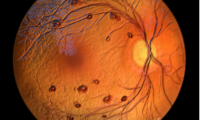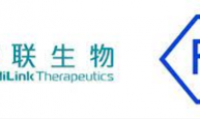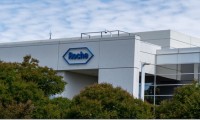-
Roche partners with Cardiff researchers to uncover new research into dementia
- Source: drugdu
- 119
- March 16, 2024
-
Electrochemical Sensors with Next-Generation Coating Advances Precision Diagnostics at POC
- Source: https://www.labmedica.com/clinical-chemistry/articles/294800220/electrochemical-sensors-with-next-generation-coating-advances-precision-diagnostics-at-poc.html
- 124
- February 14, 2024
-
Novartis CEO’s 2023 pay rises 21% as Roche’s helmsman nets $11M in his first year
- Source: drugdu
- 108
- February 9, 2024
-
Will the real standard of care please stand up?
- Source: drugdu
- 90
- February 5, 2024
-
Roche’s Vabysmo Shows Sustained Improvements in Vision, Retinal Drying in Retinal Vein Occlusion
- Source: drugdu
- 92
- February 4, 2024
-
Roche exec says more pull incentives are needed to tackle AMR
- Source: drugdu
- 162
- January 18, 2024
-
As ICER places a spotlight on pharma’s price hikes, J&J, Roche and more hit back
- Source: drugdu
- 96
- December 13, 2023
-
Roche shares positive late-stage results for inavolisib combination in advanced breast cancer
- Source: drugdu
- 109
- December 11, 2023
-
Roche Jumps into Lucrative Weight-Loss Space with $2.7B Carmot Buy
- Source: drugdu
- 107
- December 6, 2023
your submission has already been received.
OK
Subscribe
Please enter a valid Email address!
Submit
The most relevant industry news & insight will be sent to you every two weeks.













